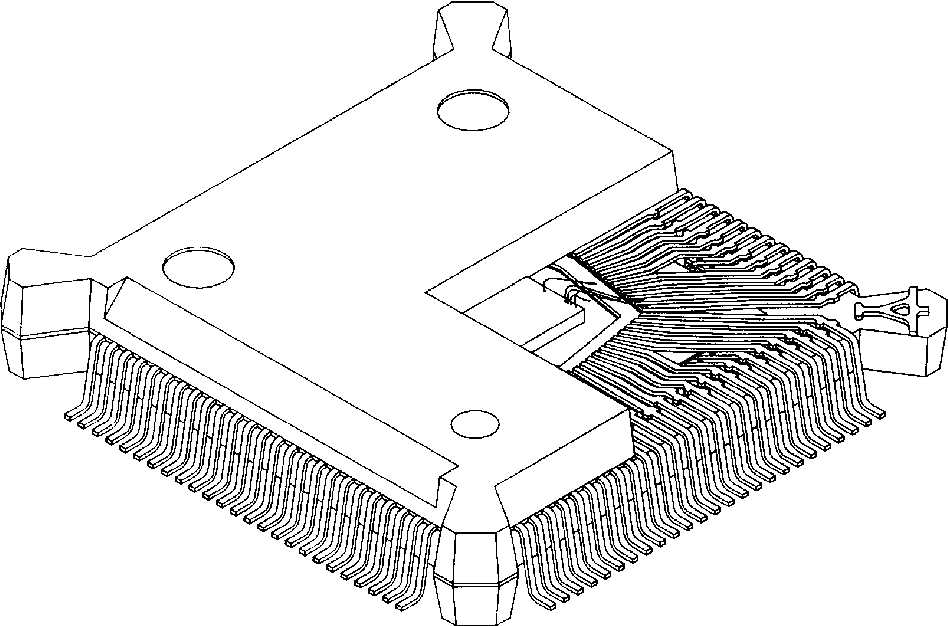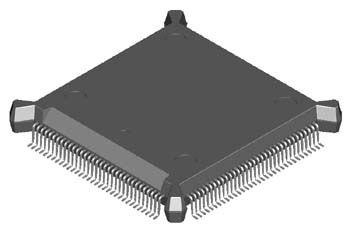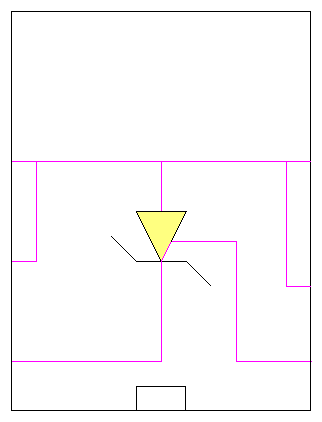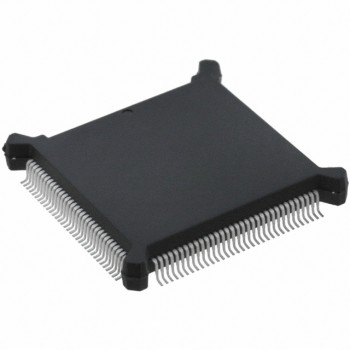_بخش مدار های مجتمع CMD (پایه خرچنگی)
مدار های مجتمع CMD (پایه خرچنگی) از نوع BQFP _ توان مصرفی و جریان قابل تحمل تر
پژوهشگر و نویسنده: دکتر ( افشین رشید)

نکته : مدار های مجتمع CMD (پایه خرچنگی) از نوع BQFP دارای محافظی است که روی آن یک مدار مجتمع نصب میشود. این وسیله پوشش حفاظتی برای مدار مجتمع و اتصالات پایههای آن را جهت قرارگرفتن روی بُرد مدار ایجاد میکند.
در کل میتوان گفت یک قطعه الکترونیکی با دو ردیف پین موازی است. این قطعه ممکن است روی برد لحیم شود و یا روی سوکت نصب شود.مدار های مجتمع CMD (پایه خرچنگی) از نوع BQFP یک تراشه از جنس طلا یا نقره است که با پوشش پلاستیک سخت پوشیده شده است. در درجه اول این قطعه برای غلبه بر مشکلات نصب قطعات الکترونیکی روی برد طراحی شده است.
پژوهشگر و نویسنده: دکتر ( افشین رشید)
دکترایِ تخصصی نانو _ میکرو الکترونیک






